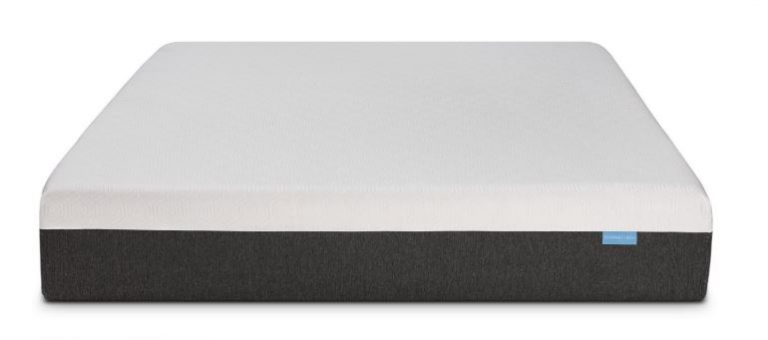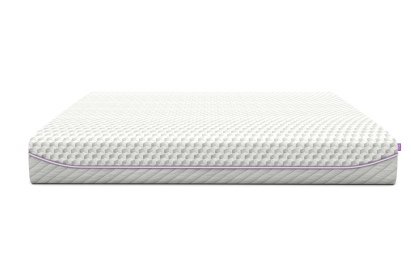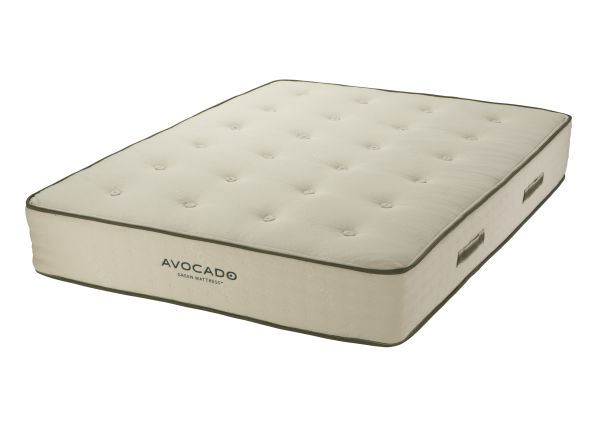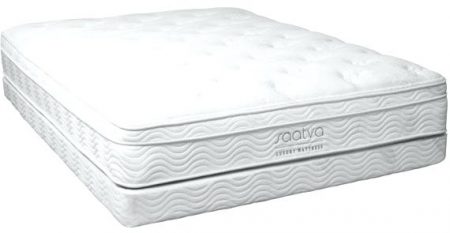Buying Guide – How to Find the Best Mattress for Athletes
Numerous studies have established a direct link between healthy sleep habits and strong athletic performance. Well-rested athletes are faster, stronger, more accurate, and quicker to react than those who do not receive enough sleep.
Additionally, proper sleep can supplement exercise routines, allowing athletes to build muscle, strength, and endurance more effectively. Those who don’t get enough sleep often pay the price physically, mentally, and emotionally.
Choosing the right mattress can greatly impact an athlete’s sleep habits and routines. However, it’s important to understand the key differences between mattress types — such as innerspring, foam, latex, and hybrid models — in terms of support, comfort, firmness, and other important sleep factors.
This page will look at the most important sleep considerations for athletes of all ages, along with our best tips for buying a new mattress.
Mattress Buyer’s Guide for Athletes
Why Is Sleep So Important for Athletes?
We all require a good night’s sleep in order to wake up feeling refreshed and function the following day. However, athletes face unique considerations when it comes to sleep. Poor or inadequate sleep can lead to problems like slow reaction times, lengthier recovery times and diminished motor skills — all of which impact athletic performance.
Sleep deprivation and sleep debt are two important factors. Sleep deprivation is a condition characterized by lack of sleep that may be chronic or acute in nature. Sleep debt refers to incremental loss of sleep that accumulates over the course of a week or longer.
Let’s say an athletic person receives seven hours of sleep each night from Monday to Friday, rather than the recommended eight hours of nightly sleep. By Saturday, that person’s ‘sleep debt’ will reach five hours — and they will most likely feel the effects, which may include slower reaction times, lack of focus, and delayed physical recovery from athletic activities.
Sleep deprivation also impacts body chemistry. When we sleep, our bodies regulate production of the stress hormone known as cortisol. Lack of sleep can cause cortisol levels to rise. This hinders the body’s ability to produce glycogen and carbohydrates, which provide energy boosts during high-endurance activities (such as athletic events).
As sleep debt accumulates and cortisol levels increase, our bodies become less and less equipped to perform. Many athletes rely on supplements to replenish their glycogen and carbohydrate levels, and these supplements may carry negative side effects.
How Much Sleep Do Athletes Need?
Generally speaking, athletes require more sleep than non-athlete adults, particularly before and after major athletic events. The average man or woman requires seven to nine hours of sleep per night in order to properly function the next day.
However, adult athletes should get roughly 10 hours of sleep whenever they are training or competing on a regular basis. This helps ensure strong athletic performance, as well as a speedy physical recovery. Likewise, adolescent athletes are urged to get at least nine hours of sleep per night during their active seasons to reap the full benefits of sleep.
In addition to more overall sleep, athletes require steady sleep schedules that consist of both light and deep sleep. Light sleep, known as non-rapid-eye-movement (nREM) sleep, is associated with cell division and regeneration, which is crucial for muscle recovery. Cortisol regulation takes place primarily during REM sleep.
Additionally, athletes may experience longer REM latency — the time from falling asleep until REM sleep begins — than non-athletes, and not getting enough REM sleep can negatively affect athletic performance and reaction time.
Studies on the Effects of Sleep in Athletes
The following studies highlight the importance of sufficient sleep for athletes in different sports and activities.
- A 2014 study found that adolescent athletes who received less than eight hours of sleep per night were 1.7 times more likely to get injured during an event or competition than those who received eight or more hours of sleep per night.
- A 2013 study found that ‘strike-zone judgment’ in baseball players was worse in September than in April of that year, due to the long-term effects of sleep loss and fatigue across a single season.
- Another 2013 study noted that baseball players with unhealthy sleep habits and routines were less than 40 percent likely to still be playing three seasons later; in contrast, those who received sufficient sleep were 72 percent likely to still be playing.
- As part of a 2007 study, a group of swimmers received 10 hours of sleep over a period of six to seven weeks. Most participants reported faster swim times, higher stroke rates, and quicker reaction times.
- In a 2010 study, a group of football players who increased their daily sleep times over a period of seven to eight weeks noted faster times in 20- and 40-yard sprints, as well as mood improvements.
- A 2011 survey of basketball players found that increasing sleep times by two hours per day resulted in faster sprint times and better shooting accuracy for both free throws and three-point shots.
- A 2009 study asked female tennis players to get at least 10 hours of sleep over a period of five to six weeks. Participants recorded sprint time improvements, as well as an increase in serving accuracy of nearly 24 percent.
Next, let’s look at important performance factors that athletes should consider when shopping for a new mattress.
Mattress Firmness and Other Considerations for Athletes
When browsing and comparing different mattress brands and models, here are a few factors to keep in mind.




